By Howard Levitt
Here’s what cases employers should realistically worry will attract media scrutiny
Writing in these pages twice weekly with a critical editor, I have learned which employment lawsuits are likely of interest to the press. And how media coverage impacts litigation.
What cases should employers realistically worry will attract media scrutiny?
Those with salacious facts, high-profile parties, public institutions or those with novel issues and far-reaching impact. Examples of the latter are the Seneca College case, in which the school sought to enforce its vaccine mandate, and the initial dismissal cases determining whether being fired during COVID-19 (when jobs were hard to secure) increased wrongful dismissal damages.
Cases involving private parties and institutions generally will be of little interest to others unless they ring with the zeitgeist, playing on current themes, or are patently outrageous. The Jessica Yaniv case, in which a trans woman took immigrant Muslim aestheticians to the British Columbia human rights commission for refusing to wax her male genitals, fits both those categories.
I often have lawyers and publicists send me cases hoping for coverage because they realize that, in some cases, media coverage places intense settlement pressure on their opponents.
I recall one very large company which had a stinging sexual harassment court judgement against it, damning it for its treatment of the woman in question. Fortunately for the company, the media missed it. After all, there are many trials a week and reporters no longer have the time or budget to be sitting in the courthouse reading through rulings. It was lucky.
But rather than quietly paying the judgment and licking its wounds, the company decided to appeal. Now there are far fewer appeals than trials and a much greater chance that they will come to public attention. Not only did this company lose its appeal but the B.C. Court of Appeal’s judgement was widely disseminated, with the decision all over the papers and talk shows. The cost to this company in lost customers and public goodwill was incalculable relative to the comparatively insignificant cost of simply paying the judgement. Rather than thinking about that before appealing, it let the bruised egos of its lawyers and executives who ran the losing trial make the foolish decision to appeal.
If a case has legs, the employer indeed acted reprehensibly and the employee is a truly innocent, sympathetic victim, media coverage can result in settlements far greater than anything that a court would award and that is something smart employee lawyers must consider.
Every case has a narrative and I always think, from the moment any case comes through the door through to the end of any trial, how to construct the most sympathetic narrative for my client. It is not only employees who that applies to. Often employers are the comparatively innocent victims of grifters or fraudsters.
The case then has to be developed with that underlying theme and all of its elements combined to convince the court that that is what occurred. It is not a great leap then to tell that same story more publicly when a case warrants that. If there is a possibility of any coverage, the pleadings should be written in a manner with soundbites accessible to reporters.
In such a case, ignoring the media is not an option as the other side’s comments might then define your case. Dan Abrams, chief legal correspondent for NBC News, once rebuked a lawyer reluctant to comment and be seen as a “media whore” that there has to be something between whoring and abstinence.
Generally, the risk of litigation publicity should be capitalized upon through obtaining a settlement before a case becomes public. Once public, the bargaining power of potential publicity is usually lost. But not always. It is one thing to have a one-day news cycle but yet another to have a widely publicized case where the company is pilloried, day after day, while the trial is ongoing and new revelations are coming out. But even before that potentially ruinous trial, as the case drags on, there can be ongoing coverage and the death by a thousand cuts to the party who is seen to have acted wrongly. Continual coverage of such a case puts pressure on the parties to make progress in resolving the issue before trial.
There are precautions one should take. Subtlety is your friend. Explicitly threatening to go to the media unless money is paid is extortion. There are also limits on the conduct of lawyers in how they deal with the other side and the media imposed by the Law Society’s Rules of Professional Conduct. As well, although reporters enjoy legal privilege in much of what they can write, lawyers and their clients do not.
Lawyers commenting on cases, if not careful and knowledgeable in the law, can find themselves on the wrong side of a libel case. That is true even though the court document they may be reciting is privileged. A good case is that of the libel decision involving the Church of Scientology, in which one of the largest defamation awards in Canadian history was levied against a lawyer who read a statement of claim on the courthouse steps. The claim was privileged but reading it publicly was not.
Lawyers must never speak to the media about their cases without the client’s full consent or they could find themselves sued, for example, for breach of solicitor-client privilege or for revealing confidential information. Social media is particularly toxic and clients in high-profile cases should avoid reading Twitter or the comment section or risk being emotionally unable to continue with the case. It is also almost always a bad idea for clients, untrained in libel law, to be providing media interviews.
Although the media can, in some cases, be a useful vehicle for advancing one’s position, particularly in public interest litigation, it is an unruly horse which must be ridden with caution, lest the rider find him or herself quickly bucked to the ground.

